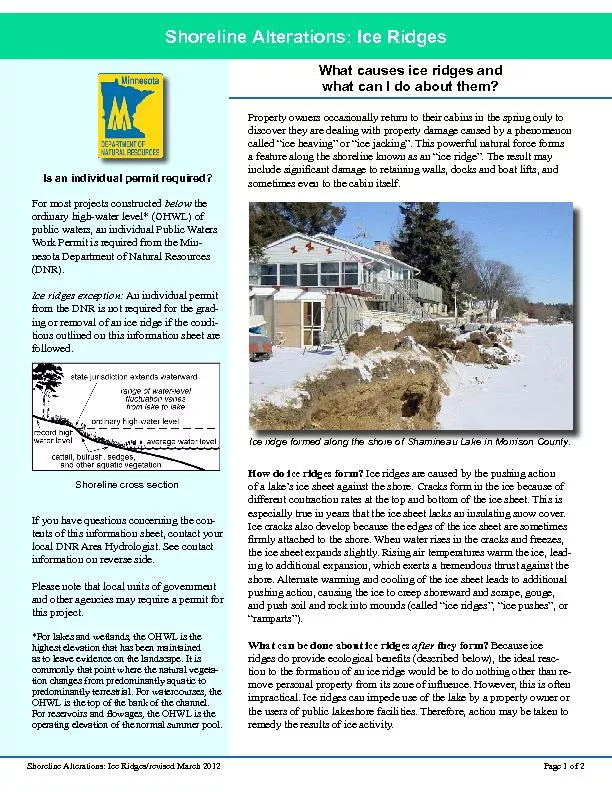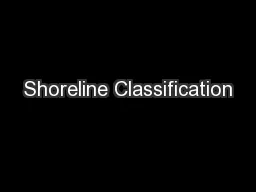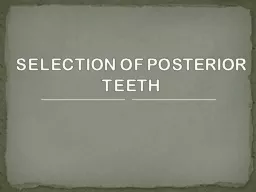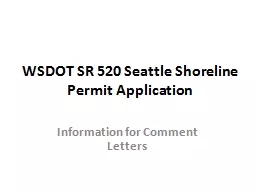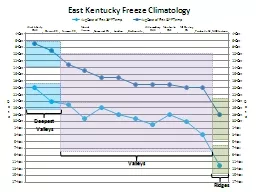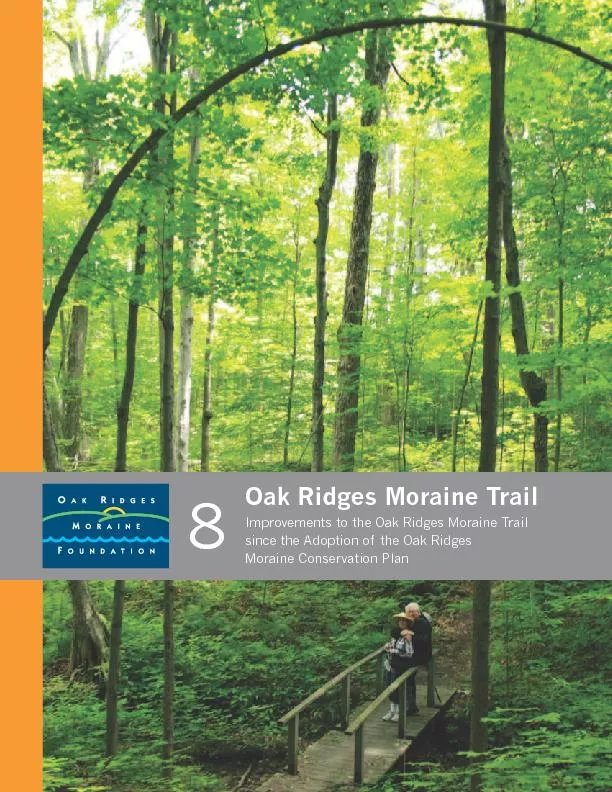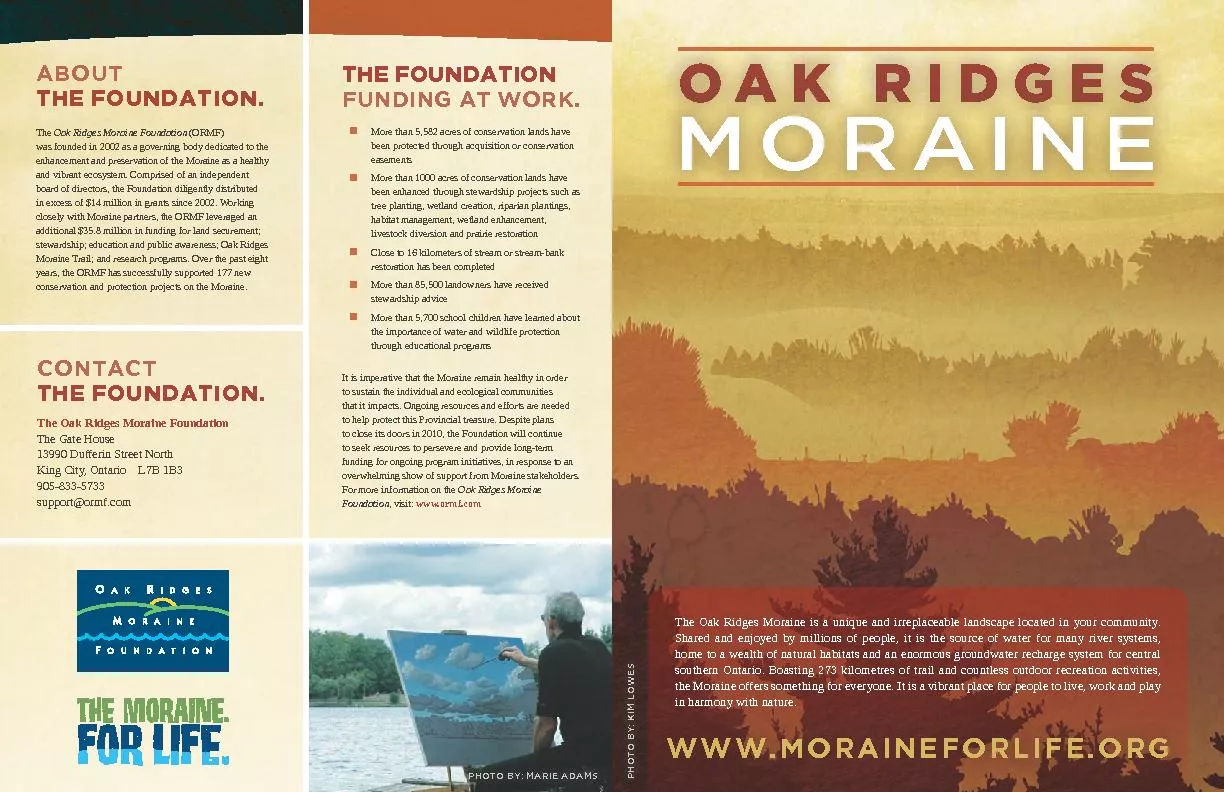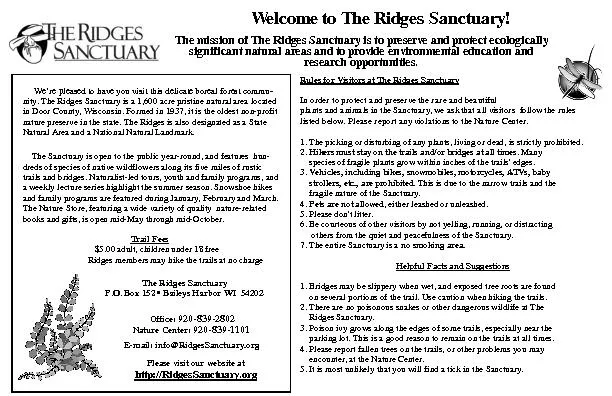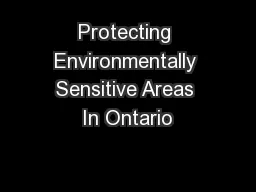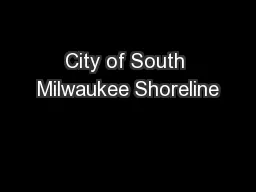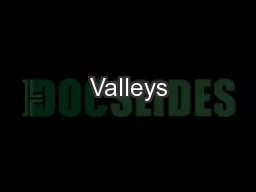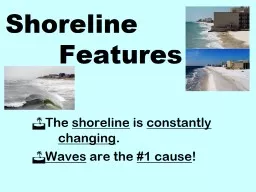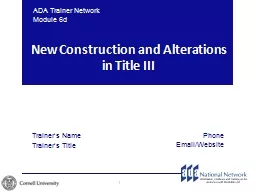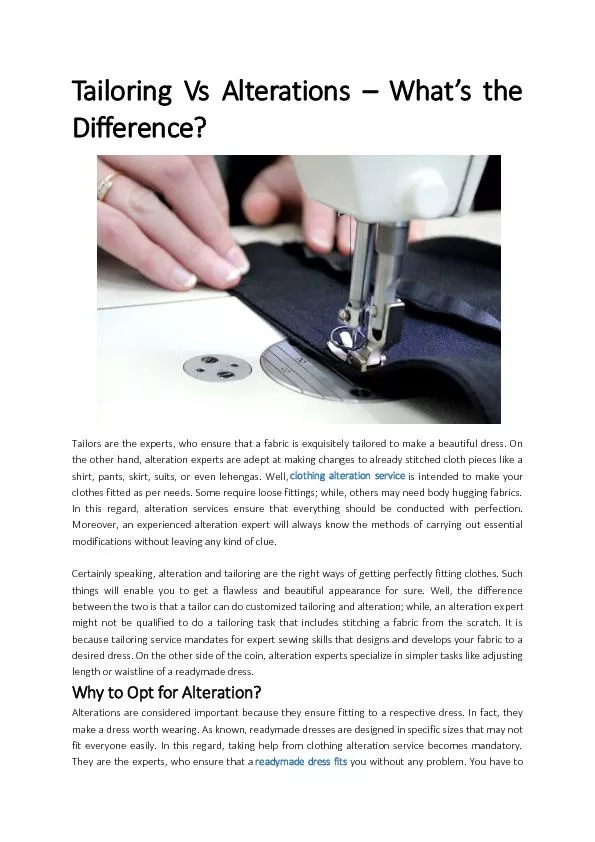PDF-Shoreline Alterations: Ice Ridges
Author : min-jolicoeur | Published Date : 2016-07-24
called x201Cice heavingx201D or x201Cice jackingx201D This powerful natural force forms of a lakex2019s ice sheet against the shore Cracks form in the ice because
Presentation Embed Code
Download Presentation
Download Presentation The PPT/PDF document "Shoreline Alterations: Ice Ridges" is the property of its rightful owner. Permission is granted to download and print the materials on this website for personal, non-commercial use only, and to display it on your personal computer provided you do not modify the materials and that you retain all copyright notices contained in the materials. By downloading content from our website, you accept the terms of this agreement.
Shoreline Alterations: Ice Ridges: Transcript
Download Rules Of Document
"Shoreline Alterations: Ice Ridges"The content belongs to its owner. You may download and print it for personal use, without modification, and keep all copyright notices. By downloading, you agree to these terms.
Related Documents

